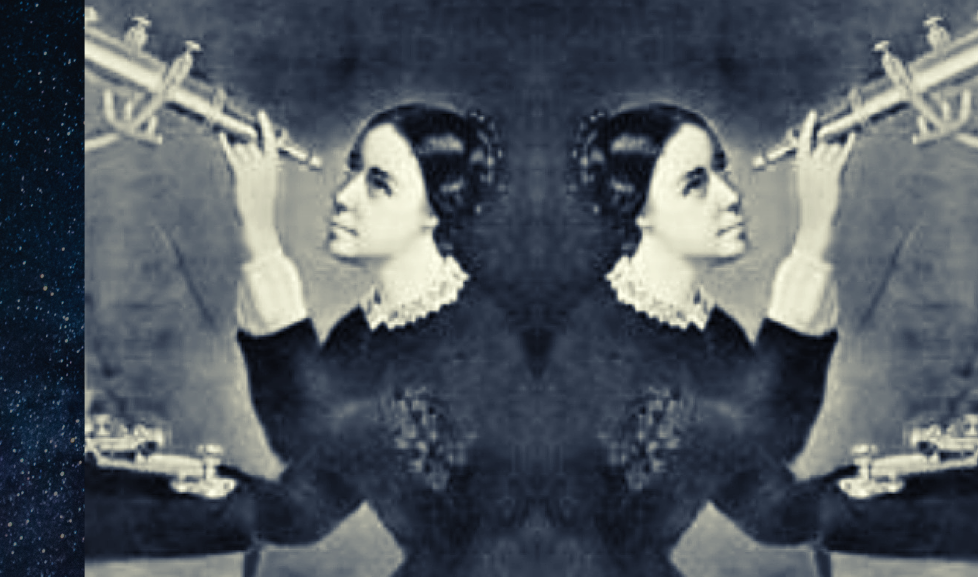STEM Pioneer | Maria Mitchell, first female U.S. astronomer

Photo courtesy: Wikipedia, edited by We Rep STEM.
Born on this day in 1818, Maria Mitchell was an astronomer, advocate for STEM education for girls, and professor.
After completing her education in 1835, she founded her own school, training children in math and science. A year later she was offered a job as the first librarian of the Nantucket Atheneum and remained there for two decades.
On October 1, 1847, at the age of 29, the Massachusetts native became the first American scientist to discover a comet (now known as “Miss Mitchell’s Comet,”) and was the first female astronomer in the U.S. In 1848, she was the first woman elected to the American Academy of Arts and Sciences.
During the civil war, Maria was involved in the anti-slavery and suffrage movements, prompting her to co-found the Association for the Advancement of Women in 1873.

Maria’s parents, William and Lydia, were also advocates of equal education for girls and played a large role in developing her curiosity. Her father was an astronomer and teacher and contributed to her early education.
Maria became a professor of astronomy and director of the college observatory at Vassar in 1865. At the time, the school was home to a 30-centimetre telescope, then the third-largest in the world. This enabled her to develop a specialty in the surfaces of Jupiter and Saturn.
“Mitchell used her observatory dome not only for the study of science, but also as a gathering place for the discussion of politics and women’s issues,” reads a statement on the Vassar website.
Prominent speakers were invited to lecture at the dome and Mitchell created a community by initiating observatory traditions, one of them being her famous “dome parties.”
Maria retired from Vassar in 1888 but continued her research until her death in 1889.
The Maria Mitchell Association, located in Nantucket, Massachusetts, was founded in 1902 to preserve her legacy. Her home has been conserved and remains open to the public.
A World War II ship, the SS Maria Mitchell, and a crater on the moon (“Mitchell’s Crater”) have also been named in her honour.
In 1994 Maria was posthumously inducted into the National Women’s Hall of Fame.
